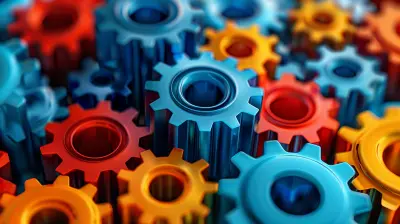The Role of Physical Education in Developing Emotional Intelligence
29 September 2025
When you think of physical education (PE), what comes to mind first? Probably dodgeball, sprints, or stretching in a gym. But here’s a little secret: PE is about way more than just improving your physical health. In fact, it plays a massive role in developing something deeply internal and incredibly human—your emotional intelligence.
Still skeptical? That’s completely fair. After all, how does running laps or playing soccer help with emotions, right? Well, this article dives deep into how physical education acts as a vehicle to nurture emotional intelligence, and why that matters more than ever in today’s fast-paced world.
Let’s get into it.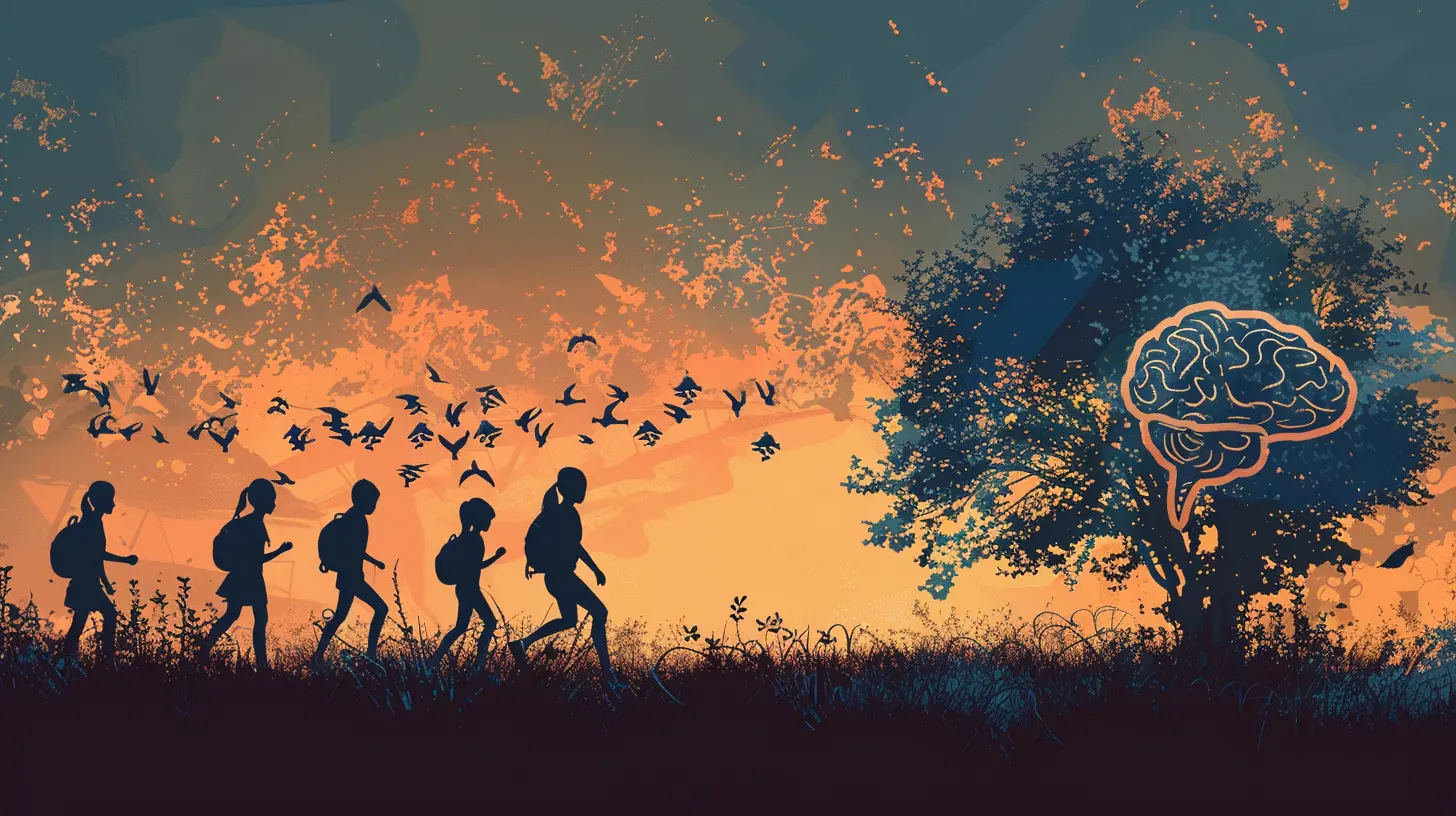
What Is Emotional Intelligence, Anyway?
Before we connect the dots, let’s take a moment to understand what emotional intelligence (EQ) really is.In simple terms, emotional intelligence is your ability to:
- Recognize and understand your own emotions
- Understand the emotions of others
- Use that emotional awareness to manage behavior and relationships effectively
EQ isn't just psychology jargon—it directly impacts your communication, conflict resolution, empathy, and even your mental health. People with high EQ tend to build better relationships, excel in leadership, and lead more balanced lives overall. And yes, it can be taught and developed.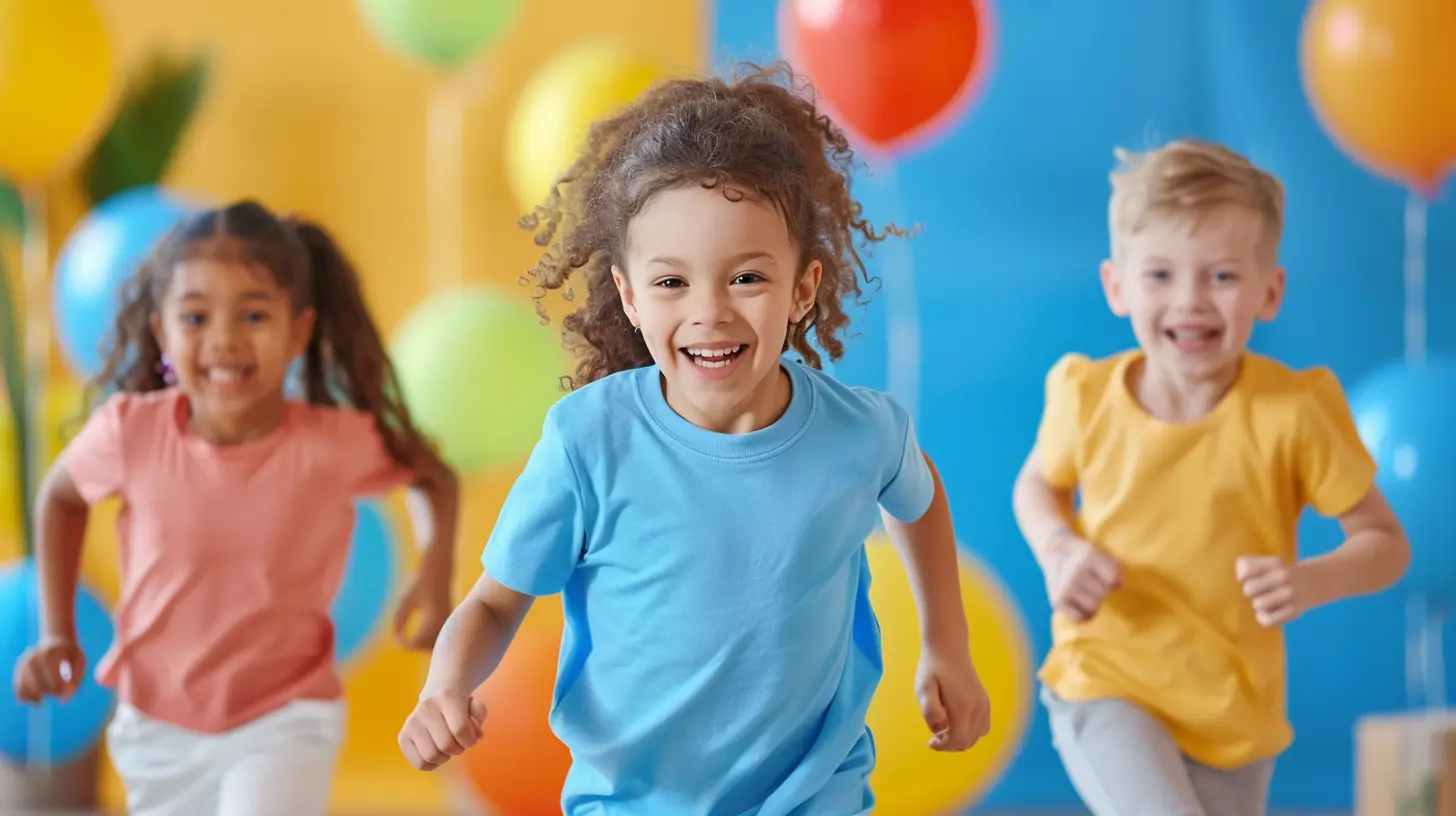
So, Where Does Physical Education Fit In?
At first glance, PE seems focused on the body. But think back to your school gym classes or team sports. Remember the moments of frustration, excitement, embarrassment, joy, and teamwork? That's all emotional territory.Physical education provides a natural and safe environment where these emotional experiences unfold. With the right guidance, these moments can become powerful learning opportunities for developing emotional intelligence.
Let’s break it down.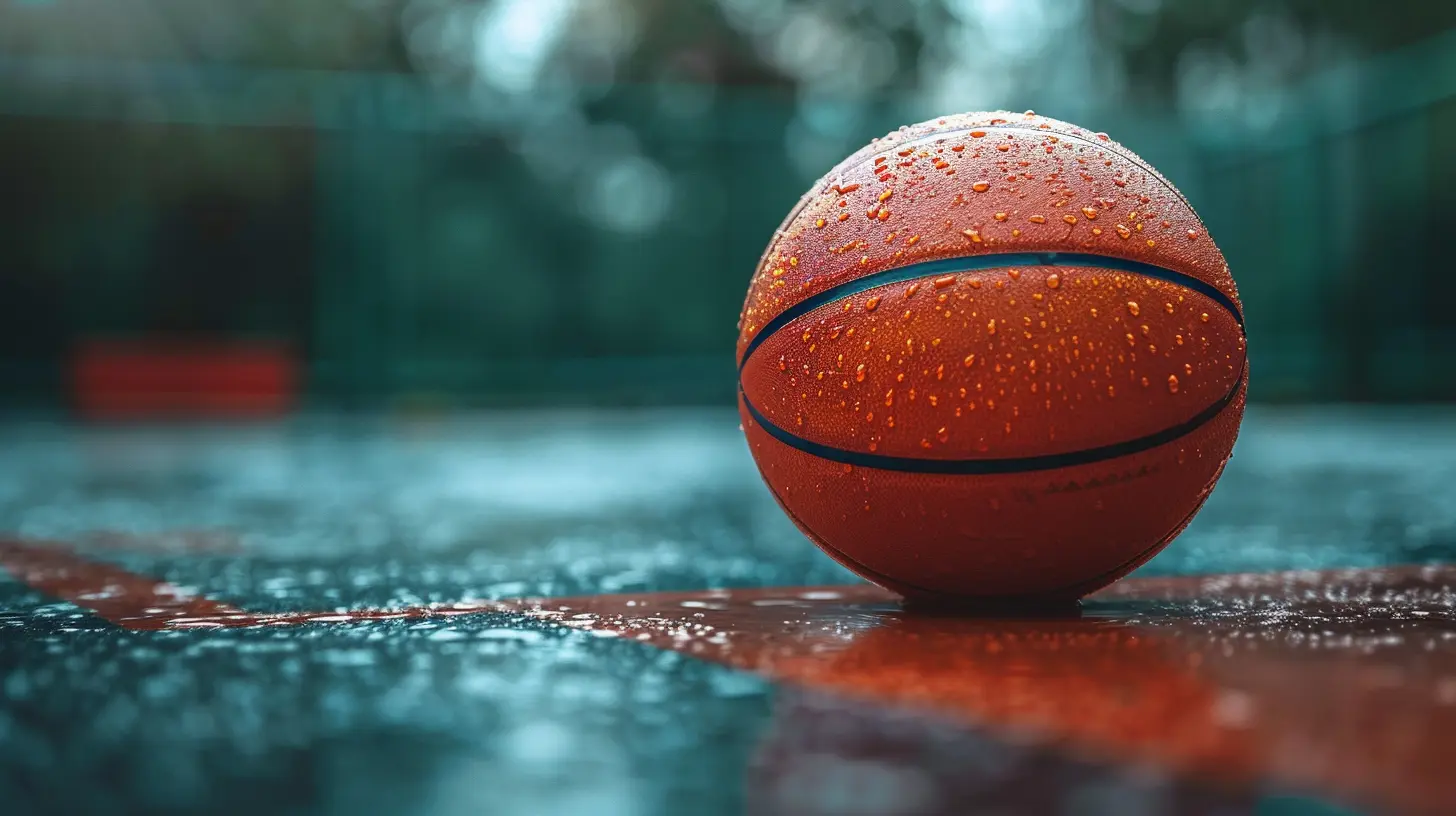
1. Self-Awareness Through Physical Activity
Ever tried a new sport and instantly realized you're either super clumsy or surprisingly good at it? That’s self-awareness in action.PE helps students become aware of their abilities, limits, and reactions. Whether it’s realizing how you respond to losing a game, getting benched, or performing under pressure, it’s an emotional mirror.
Why It Matters:
Self-awareness is the foundation of EQ. If you can’t recognize your own feelings, how can you manage them or understand others?In PE:
- You notice when you're nervous or excited
- You learn what triggers stress or motivation
- You become more attuned to your physical and emotional responses
It’s like putting your emotions under a spotlight—and learning how to manage them calmly and confidently.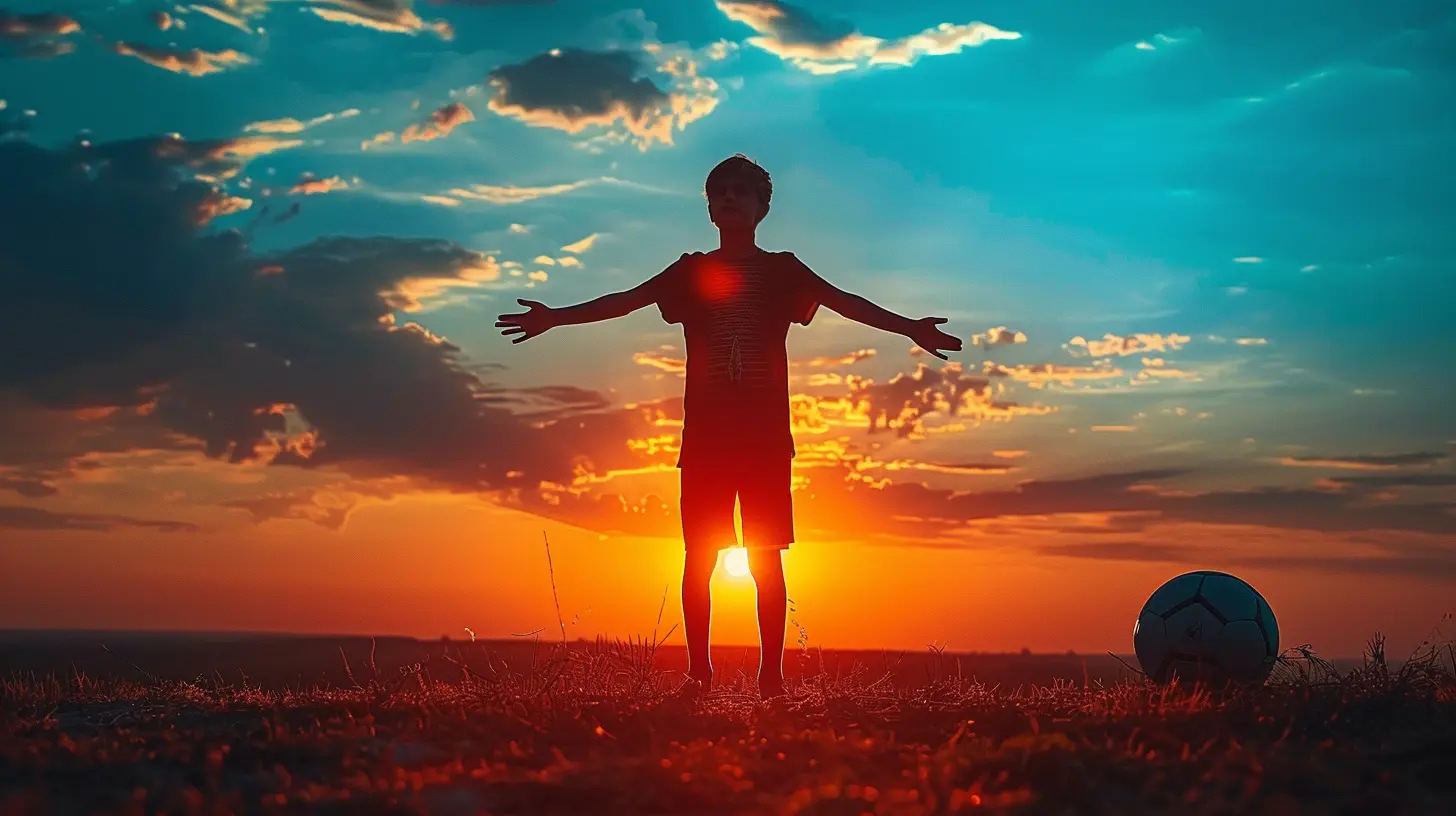
2. Building Self-Regulation Through Challenge
Let’s be honest—physical activities can be frustrating. Missing a goal, dropping the ball, or not making the team? That stings.But here’s where PE shines bright: It teaches you how to bounce back.
This is where students learn:
- Patience
- Control over outbursts
- How to stay cool under pressure
In fact, regular physical education helps train the brain toward resilience. The more students are challenged in structured physical scenarios, the better they get at self-regulating.
Think of it like muscle memory—not just for the body but for the brain too.
3. Empathy and Team Sports Go Hand-in-Hand
Team sports are mini laboratories of human interaction. You cooperate, you clash, you compete, and you coordinate—all in a relatively short span.Here’s what happens during team-based PE activities:
- Students start noticing if a teammate looks anxious or excited
- They adjust their behavior to help or support teammates
- They develop the ability to see things from someone else's perspective
This is empathy being developed in real time.
And it’s not just players who benefit. Coaches and teachers modeling empathetic behavior set the tone. When they treat students with respect and understanding, it creates a ripple effect.
Bonus:
Empathy nurtured in PE often seeps into the classroom, social circles, and family life. It’s an EQ skill that sticks.4. Developing Social Skills Through Interaction
Let’s face it—physical education is social.Students interact constantly:
- Giving and receiving feedback
- Resolving conflicts over game rules
- Celebrating wins or consoling each other after losses
All of these moments are goldmines for developing solid social skills.
Think about it: How often do students get a chance to face real-time social situations and practice navigating them? That’s what PE offers—real-world interactions in a safe, guided space.
And those high-fives, group huddles, or even disagreements? They help mold better communicators and more thoughtful team players.
5. Motivation and Setting Goals
One of the coolest things about physical education is how it teaches students to set, pursue, and achieve goals.Whether it's:
- Running an extra lap
- Beating a personal score
- Learning a new skill
These milestones fuel intrinsic motivation.
What’s powerful here is that students start connecting effort with outcomes. When they see that hard work leads to improvement, it boosts their self-esteem and emotional resilience.
And let’s not forget the joy of small wins. These moments, though seemingly minor, help students experience pride, satisfaction, and emotional growth.
6. Reducing Stress & Improving Mood
Exercise isn’t just about building muscle—it’s a natural mood booster.Physical activity increases endorphins (a.k.a the feel-good hormones) and reduces stress hormones like cortisol. That’s not just science—it’s something you can feel after a good workout.
For students dealing with academic pressure, social anxiety, or personal issues, PE can be an emotional sanctuary.
It offers:
- An outlet for frustration
- A break from mental overload
- A way to reset emotionally before returning to class
Basically, regular PE is like hitting the emotional refresh button.
7. Cultivating Respect and Fair Play
Sportsmanship isn’t just a fancy word—it’s an emotional skill.In PE, students learn to:
- Treat opponents with respect
- Accept wins humbly and loses gracefully
- Follow rules and accept consequences
These behaviors require emotional control, empathy, and respect. And guess what? They're the same qualities that lay the foundation for emotional intelligence.
Physical education creates teachable moments where students learn that being emotionally aware and respectful isn’t just nice—it’s necessary.
8. Leadership and Responsibility
Another overlooked benefit of PE is the natural opportunity for students to take on leadership roles.Whether it's being a team captain, group leader, or game organizer, students:
- Make decisions
- Influence peers
- Take accountability
These roles challenge them to manage their emotions under scrutiny, motivate peers, and work toward common goals—an emotional intelligence trifecta.
Leadership roles build EQ by shaping students into not just thinkers and doers, but feelers and connectors.
How Schools Can Enhance This Connection
So, you might be wondering—how can schools make the most of this EQ-PE link?Here are a few ideas:
- Train PE teachers in emotional coaching techniques
- Encourage reflective discussions after games or activities
- Integrate SEL (Social and Emotional Learning) goals directly into PE curriculum
- Promote inclusive PE that supports various emotional needs
Schools that prioritize emotional growth alongside physical skills set students up for real-world success—not just academic achievement.
Practical Applications Beyond the Gym
The beauty of emotional intelligence is that it’s universal. Skills gained through PE don't stay locked in the gym—they show up everywhere.In classrooms: Students collaborate better on group projects.
In families: They communicate needs and resolve conflicts more calmly.
In the workplace: Down the line, they become emotionally aware professionals who lead with empathy.
So really, the benefits of tying PE to emotional intelligence ripple through every chapter of life.
Final Thoughts: It’s More Than Just a Game
It's time to see physical education in a new light—not just as a break from academics or a space for athletic kids, but as an emotional training ground for all students.By integrating emotional intelligence into PE, we don’t just create healthier students—we create better humans. Ones who can feel deeply, think clearly, and act compassionately.
And let’s be real: In a world that sorely needs empathy, resilience, and connection, that might just be the most important education of all.
all images in this post were generated using AI tools
Category:
Physical EducationAuthor:

Monica O`Neal
Discussion
rate this article
1 comments
Taylor Beck
Who knew dodgeball could be a crash course in emotional intelligence? Between dodging balls and managing playground drama, kids are probably mastering conflict resolution with every throw! Physical education: where sweat meets social skills and emotional growth is just a game away!
September 30, 2025 at 12:18 PM

Monica O`Neal
Absolutely! Dodgeball not only promotes physical fitness but also teaches vital social skills and conflict resolution, making PE a cornerstone of emotional intelligence development.
